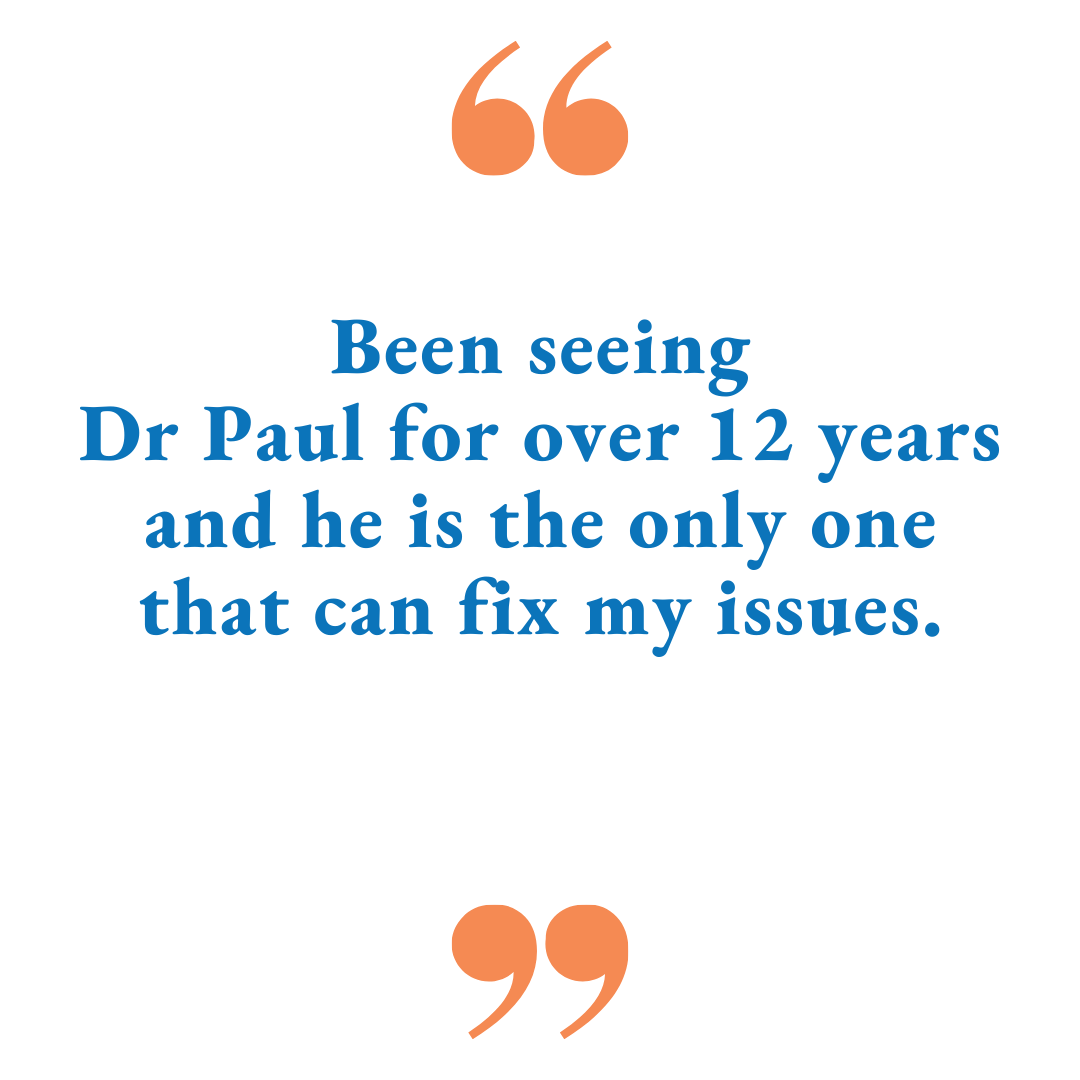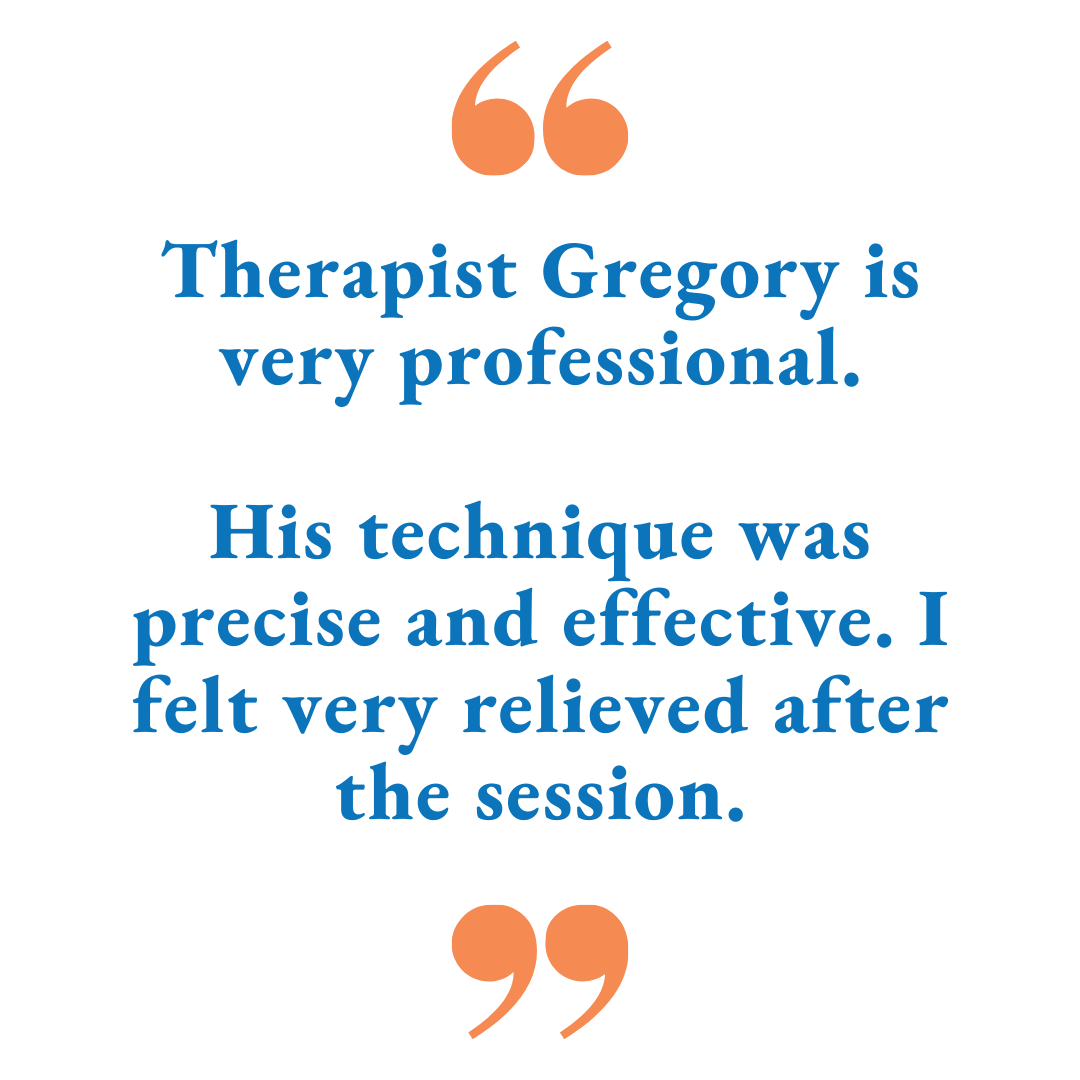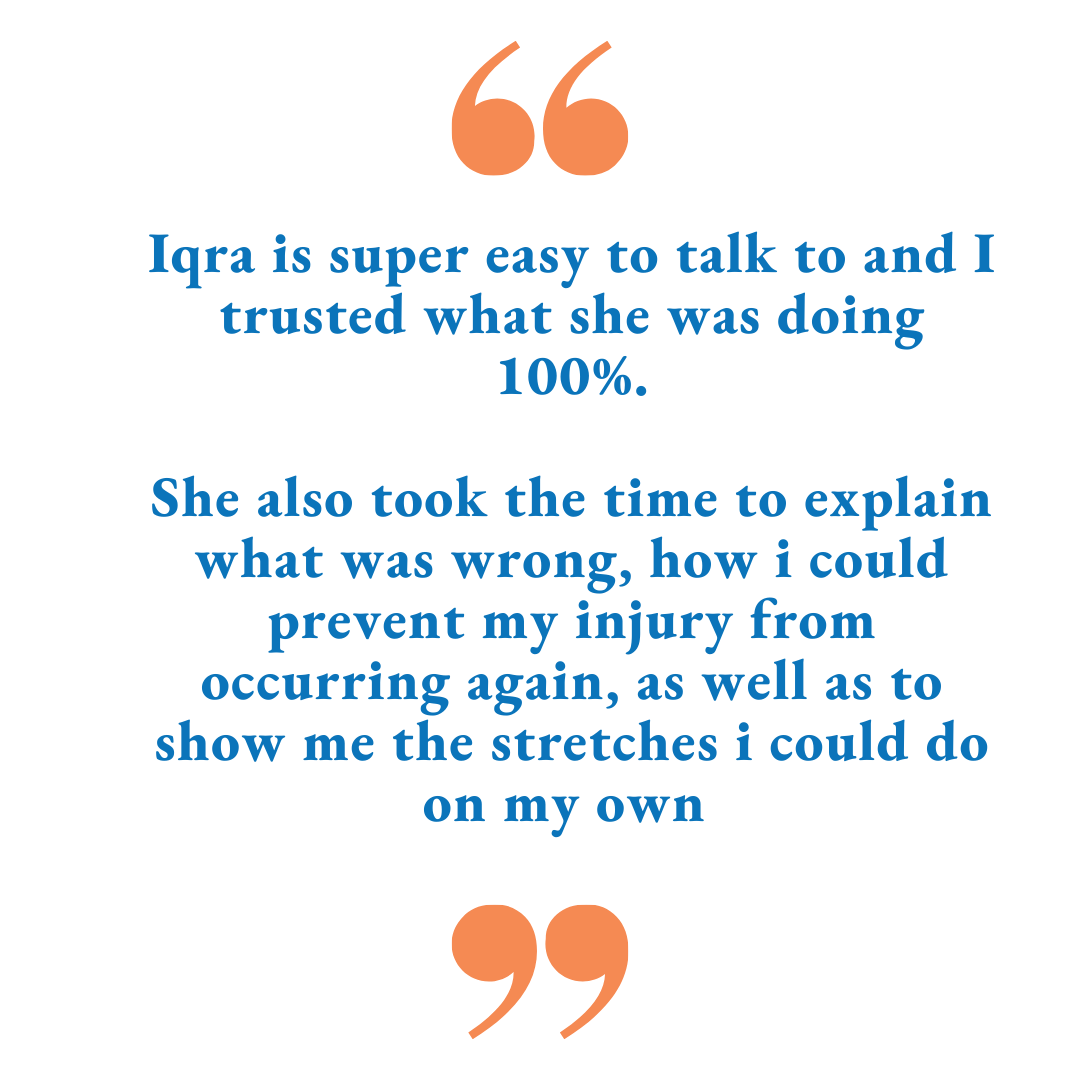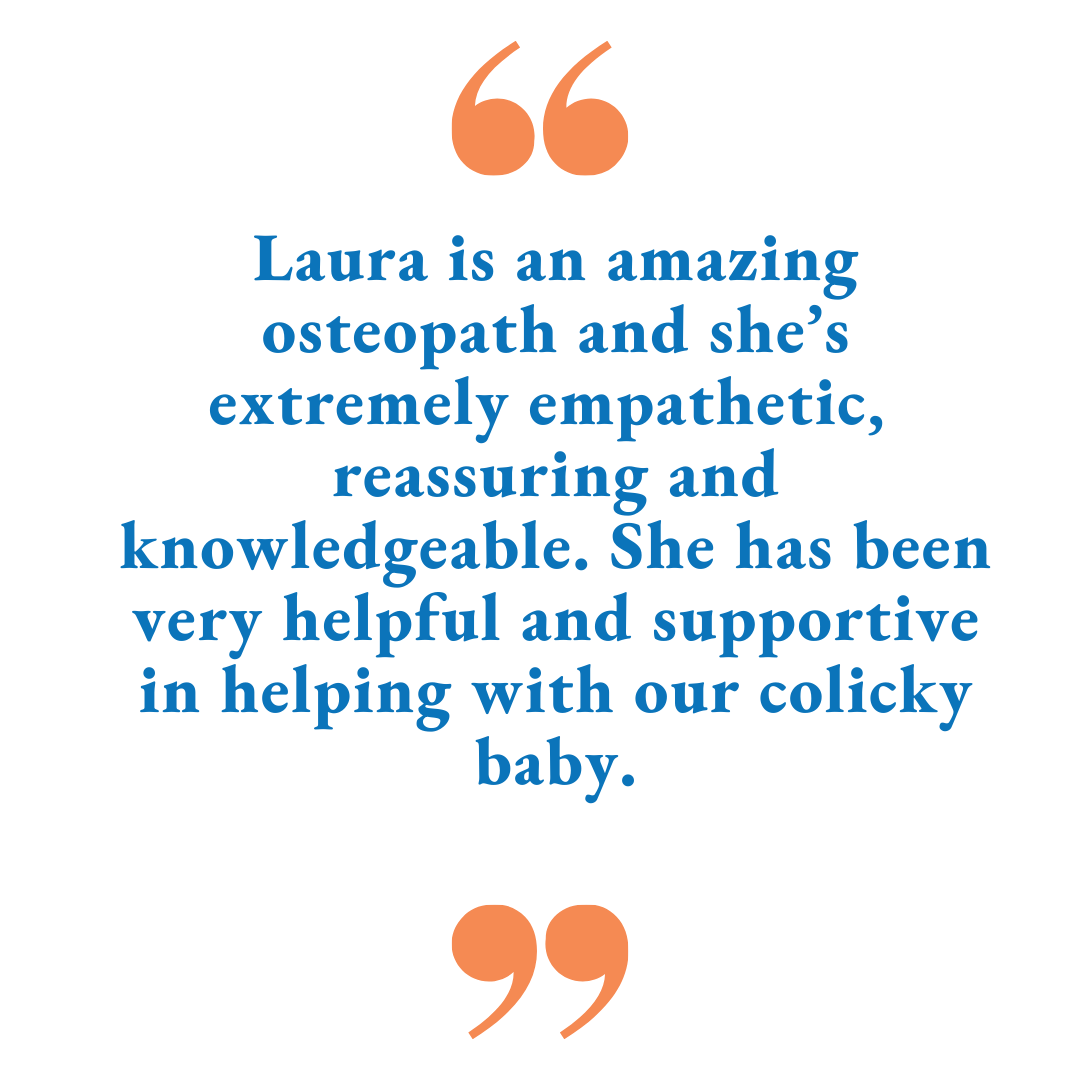Osteopathic diagnosis and treatment of babies, toddlers, and children

In this article we discuss:
Common baby and newborn conditions that are seen by osteopath
Common causes of baby conditions
Osteopathy for babies Treatment
Pediatric osteopathic diagnosis & treatment for children & teens
Common causes of a child or teen conditions
The team at The Osteopathic Centre is committed to providing the highest quality care for your child’s health. We understand that each family has different needs and we will work together as a team to ensure you receive the best treatment possible.
Our Osteopaths have experience of seeing babies and children with a range of common conditions like colic, constipation, breastfeeding latching difficulties, scoliosis, sleep, and growing pains.
We also treat older children and teenagers who may be experiencing pain or discomfort from sports injuries or other musculoskeletal problems.
Let's start with the newborn and babies we see:
Childbirth is a wondrous but sometimes traumatic process for both the mother and the baby. Whether it was a difficult birth or not. The birth, combined with pre-natal positioning in the womb, and the postnatal sleeping position may lead to functional tightness in the connective tissue of newborn babies as they try to adapt to the outside world. If not addressed it is possible that this may be a factor that contributes to the development of common problems that are experienced by babies and infants.
Common baby and newborn conditions that are seen by osteopaths include:
- Altered sleep patterns
- Babies with Colic
- Acid Reflux
- Restless Babies
- Irritability
- Constipation
- Torticollis (asymmetrical head/neck position)
- Plagiocephaly (misshapen head)
- Feeding and latching difficulties (jaw restriction)
Common causes of baby conditions:
There may be many reasons why your newborn or baby develops certain conditions such as:
Altered Sleep Patterns or sleep disorders
Babies often experience sleep disturbances or poor sleep during the first year of life, which may include trouble falling asleep, waking up frequently, or getting back to sleep after waking up. Sleep issues may be caused by a number of factors, such as teething, medical conditions, or behavioural issues. Parents should consult with a paediatrician about any changes they notice, including frequent crying, waking at night or excessive daytime sleepiness.
Colic in babies
The cause of colic can vary from person to person. Some of the common causes include gas, allergies, food intolerance, lactose intolerance, reflux disease, intestinal parasites, gastrointestinal infections, psychological factors, and medications.
Acid Reflux, Silent reflux or digestive issues
The cause of baby reflux is usually due to stomach acid backing up into the oesophagus from the stomach. This occurs when the baby has either swallowed air while feeding or drank too much at one sitting. It may be a result of slow or delayed development of the lower oesophageal sphincter, a band of muscle between the stomach and the oesophagus, and is a perfectly normal part of the growth process. Other factors include sleeping position, crying during feedings, or using bottle nipples with holes that are too small. Acid reflux is also common among older children who may drink too much soda and eat large meals.
If vomiting occurs frequently this can be a sign of acid reflux although it can also occur through silent reflux which does not include vomiting as a symptom.
Restless Babies
The cause of this condition may be due to various factors such as tiredness, hunger, pain, and cold. It could also be a behavioural pattern for seeking more attention or affection. It is also common for restlessness to occur when parents go back to work too early or the routine/environment for the baby changes.
Constipation
The causes of constipation for babies include dietary changes, stress and maybe heredity. Babies who do not drink water often experience constipation because they are dehydrated. Constipation also happens when a baby is hungry or underweight. Stress may cause constipation because it leads to high levels of cortisol which suppresses bowel movements.
If you feel like your child has constipation, it is recommended to first try giving them a healthy diet, keeping them hydrated, and getting plenty of rest. Additionally, give your child a laxative to help move things along, however, if you are concerned speak with your paediatrician first.
Torticollis
Babies with torticollis have neck muscles that are weak, or underdeveloped or tight neck muscles and connective tissue. Less commonly torticollis may be caused by a benign tumour in the neck muscle, which leads to abnormal posture and head positioning. This condition usually appears at birth, but may also occur later, depending on genetics and the baby’s environment. The underlying reason why some babies suffer from torticollis is unknown.
The cause of torticollis could be related to genetic factors or other congenital abnormalities. However, the primary cause of torticollis is usually due to trauma during birth.
Plagiocephaly (misshapen head)
The causes could include birth trauma due to forceps delivery, too much weight on the head during labour or delivery, premature birth, and positioning of the baby’s head during labour or in the womb.
A baby has 'soft bones' when born and these bones only harden at a later stage of development. Plagiocephaly can therefore occur when children develop skull deformities due to prolonged periods of time spent lying flat on their backs. This happens when infants spend too long in the supine position. Plagiocephaly is often an aesthetic issue but in extreme cases, it can cause problems with brain development.
Feeding and latching difficulties (jaw restriction)
Unfortunately, breastfeeding is not always a straight forward naturally occurring process and some mothers have serious difficulties with latching their baby to the breast and the lactation process due to poor oral function. This can be due to a number of factors including; reduced sucking reflex, the tension in the baby's jaw, neck, and head, and poor tongue coordination and muscular endurance. A tongue tie may also effect the latching process but many babies with a tongue tie can feed normally.
Sometimes mothers have a low milk supply. Other times a baby has trouble latching on properly. This can cause sore nipples, cracked skin, and leaking breast milk. If these issues persist, then a mother should consult her doctor and discuss other options such as bottle feeding.
Our Osteopaths often work with lactation consultants and paediatricians, alongside the parents to help reduce the soft tissue tension and re-educate the baby's oral function.
Once your baby is born, we can assess them for musculoskeletal concerns you may have.
Recommended Reads:
Osteopathy for babies Treatment
Many parents report positive improvements after their baby or child has received Osteopathic treatment for these conditions. It is both a natural and holistic way to try and help the symptoms of the above issues and is done through cranial osteopathy as well as other osteopathic practices.
Osteopathic techniques are also very gentle techniques which is why it perfect for babies that are usually a lot more sensitive.
Osteopathy can therefore be practised on anybody at any age or stage of their lives!
Babies, toddlers, children, teens, and adults!
How might they help children and teens?
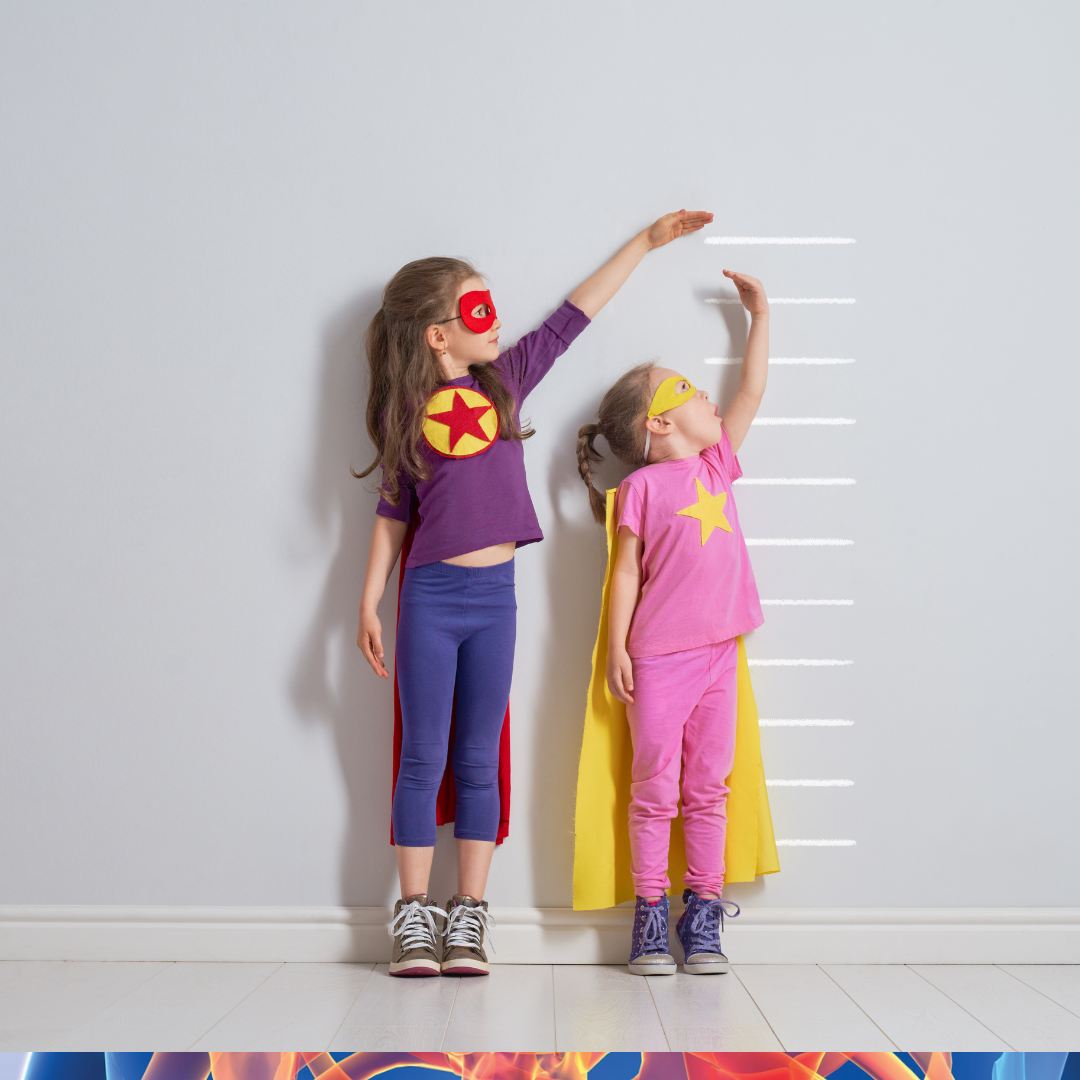
Pediatric osteopathic diagnosis & treatment for children & teens
As children develop there may be an increased strain placed on the muscle and skeletal system. This is even more pronounced if the child is active or sporty or when children go through growth spurts.
Common child & teen conditions that are seen by osteopaths include:
- Scoliosis
- Growing pains
- Osgood-Schlatters
- Sever’s
Common causes of a child or teen conditions:
Scoliosis
Scoliosis is caused when the spine curves or bends to the side and may consist of one or two curves. The condition may be noticed during childhood, adolescence, or later life and requires diagnosis and treatment. The majority of scoliosis issues are idiopathic in nature, this means there is no definitive cause. Scoliosis may be influenced by bad behavioural postural habits. Symptoms include back pain, the curvature of the back, and restricted movement. Often there are no symptoms other than the change in the shape of the spine.
Growing Pains
Growing pains happen when our bones grow faster than our muscles. When kids grow up quickly, they often experience painful sensations of growing pains. This is especially true for teens because their bodies change dramatically during puberty. The first growing pain usually happens at about age 10, and then gets progressively worse until it reaches a peak around the mid-teens.
This condition usually subsides once growth has slowed down.
Osgood-Schlatters
Osgood Schlatter disease is caused by irritation of the bones' growth plates where the muscle tendon attaches to the bone at the top of the shin bone (Tibia) just below the knee. During childhood, if the skeletal growth outpaces the ability of the muscles to develop and stretch this can cause excessive traction at these attachment points, often leading to pain. This condition is often a result of growth spurts and can be made worse by sports activities such as running and jumping etc, and insufficient stretching as the child grows.
Sever's
A swollen and irritated growth plate at the back heel where the Achilles tendon attaches (also known as Sever’s Disease) causes pain when walking or taking part in sport/exercise.
The underlying cause for this condition is the same as for Osgood Schlatter's disease.
If you require any further information regarding how osteopathy may be beneficial for your child please do not hesitate to contact us
Let us help you, your baby, toddler, and child.
Recommended Reads:
Colic, Acid Reflux, and Restless Babies
See more articles on our Instagram page here
https://www.instagram.com/the.osteo.sg
What Patients Say About Us!

